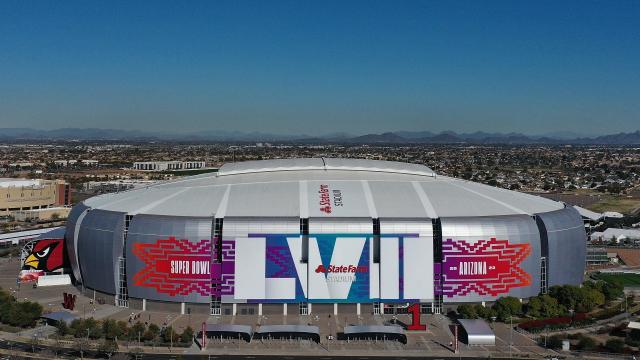When the Kansas City Chiefs and the Philadelphia Eagles face off at Super Bowl LVII in Phoenix, Arizona there will be a contest happening behind the scenes: Tech companies have a long history of using major sporting events as a grand stage to show off their latest gadgets and gizmos. Today’s game is no exception.
Over 100 million viewers are expected to tune into the big game this year. Advanced cameras will capture the action in 4K and 8K while buzzing drones overhead will snap sideline shots and monitor the crowd for signs of trouble. On the field, players will put trendy, controversial brain safety devices to the test with the highest of stakes. Off the field, Roblox users will take part in the first ever Super Bowl show in “the metaverse.” For the first time ever, rowdy tailgaters may even get the chance to have a driverless vehicle carpool thei drunken asses around town.
Here’s some of the ways’s tech may shape this year’s Super Bowl.
Super Bowl LVII Inches Towards a True 4K Future

Super Bowl LIV, played back in 2020, was the first time the big game was streamed to the world in 4K and HDR. However, in the stadium, all the action was actually captured using 1080P HDR cameras and a hi-def pipeline, before being upscaled to a 4K stream accessible to viewers around the world.
For Super Bowl LVII, this year, Fox is using 94 cameras inside State Farm Stadium to capture all of the action on the field, on the sidelines, and occasionally amongst the fans in attendance, given many of them will be A-list celebrities. That lineup includes 32 cameras capable of HDR recording at high-frame rates, with 12 of those capturing the action at 4K and even 8K resolutions, giving the production crew more flexibility to zoom in on the action. So while the big game might be the hottest ticket in town, the fans watching at home will actually have the best seats when it comes to enjoying the game from countless angles and with detailed instant replays.
Double Skycams Providing Unique Aerial Views Inside State Farm Stadium
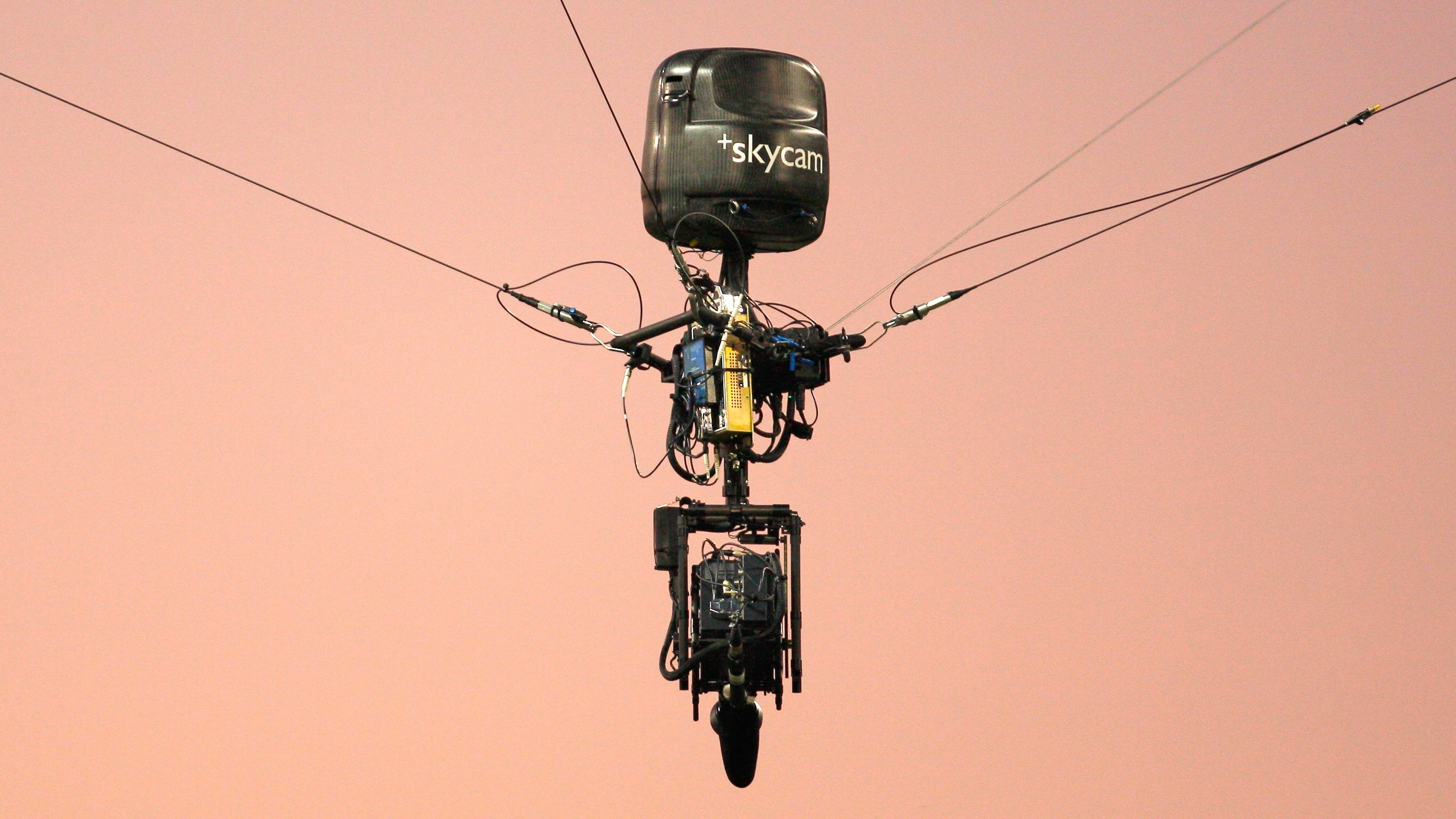
If you’ve ever wondered how broadcasters capture those amazing aerial shots over a football field that seem to follow the ball as it’s kicked or run down the field, the answer isn’t drones, which would be a safety risk and a very noisy distraction for players and fans.
Instead, a device called a Skycam is used, which features a stabilised camera hanging from a computer-controlled cable system that can silently manoeuvre the camera up and down, left and right, and forward and back, at speeds of up to 29 mph. The system was actually first used at an NFL game back in 1984 in San Diego, but almost 40 years later, a pair of them will be soaring over Super Bowl LVII carrying a 4K camera and a slo-mo camera to provide detailed views and replays of the game.
Slow Motion Replays From Any Camera Angle
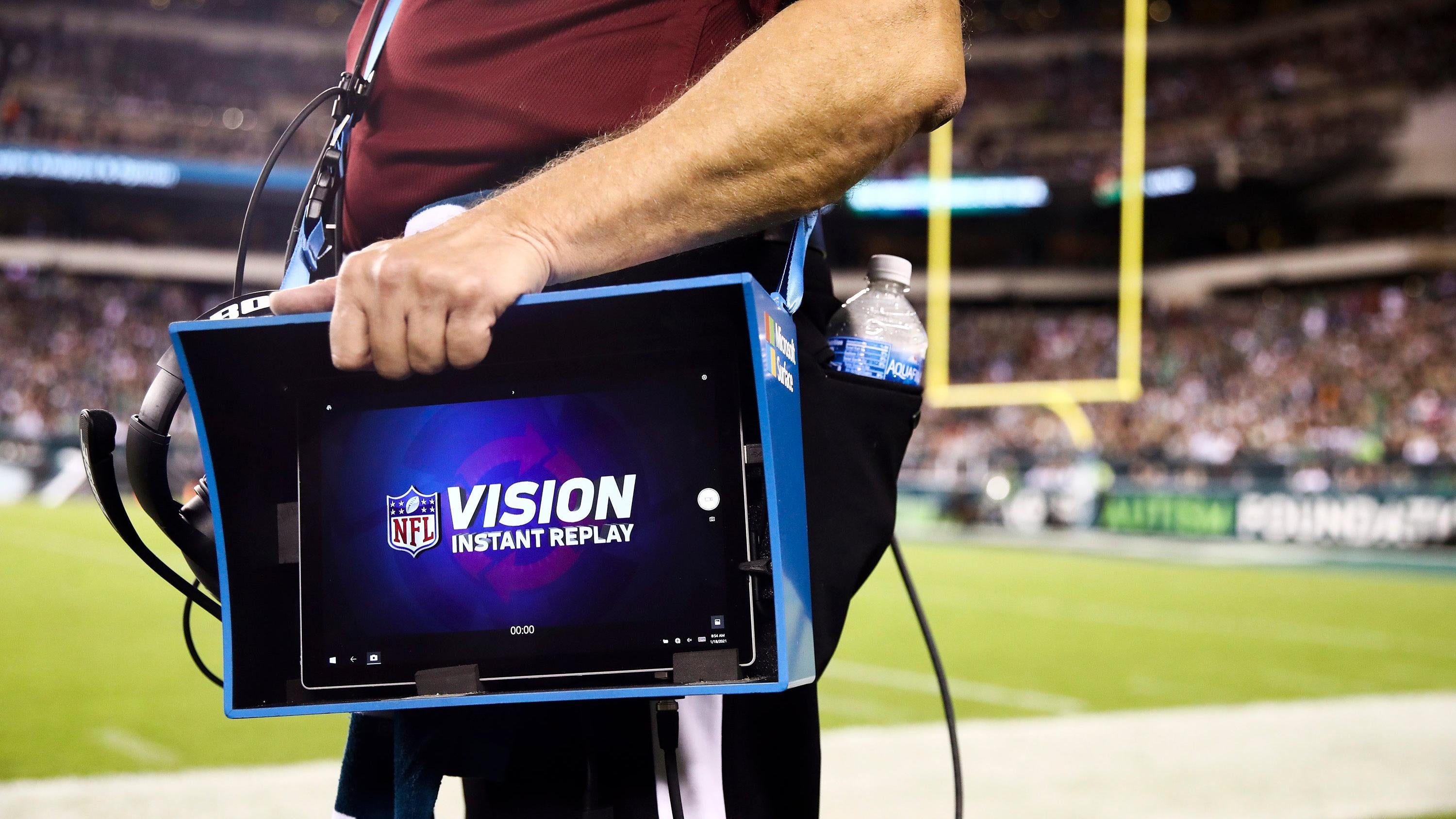
As Hollywood has proven time and time again, everything looks cooler in slow motion, and that especially applies to athletes making amazing plays. But when you’ve got almost 100 cameras recording an event like the Super Bowl, the amount of data being pushed around if every single one of them was capturing the action in slow motion would be absolutely crushing. But there’s an AI solution to that.
Fox’s broadcast will take advantage of EVS’ XtraMotion service that relies on machine learning algorithms to make regular footage re-playable in slow motion by artificially increasing its frame rate, generating the missing in-between frames automatically so playback still appears smooth. The technology can convert video captured at 60fps to 180fps, or take 180fps footage from a high frame rate camera and convert it to 540fps super slo-mo. And while a cloud-based version of XtraMotion has already been successfully used for sports broadcasts, at Super Bowl LVII, the technology will be based right in Fox’s control room, resulting in much faster processing and turnarounds.
Drones Providing a Bird’s Eye View of the Pregame Excitement
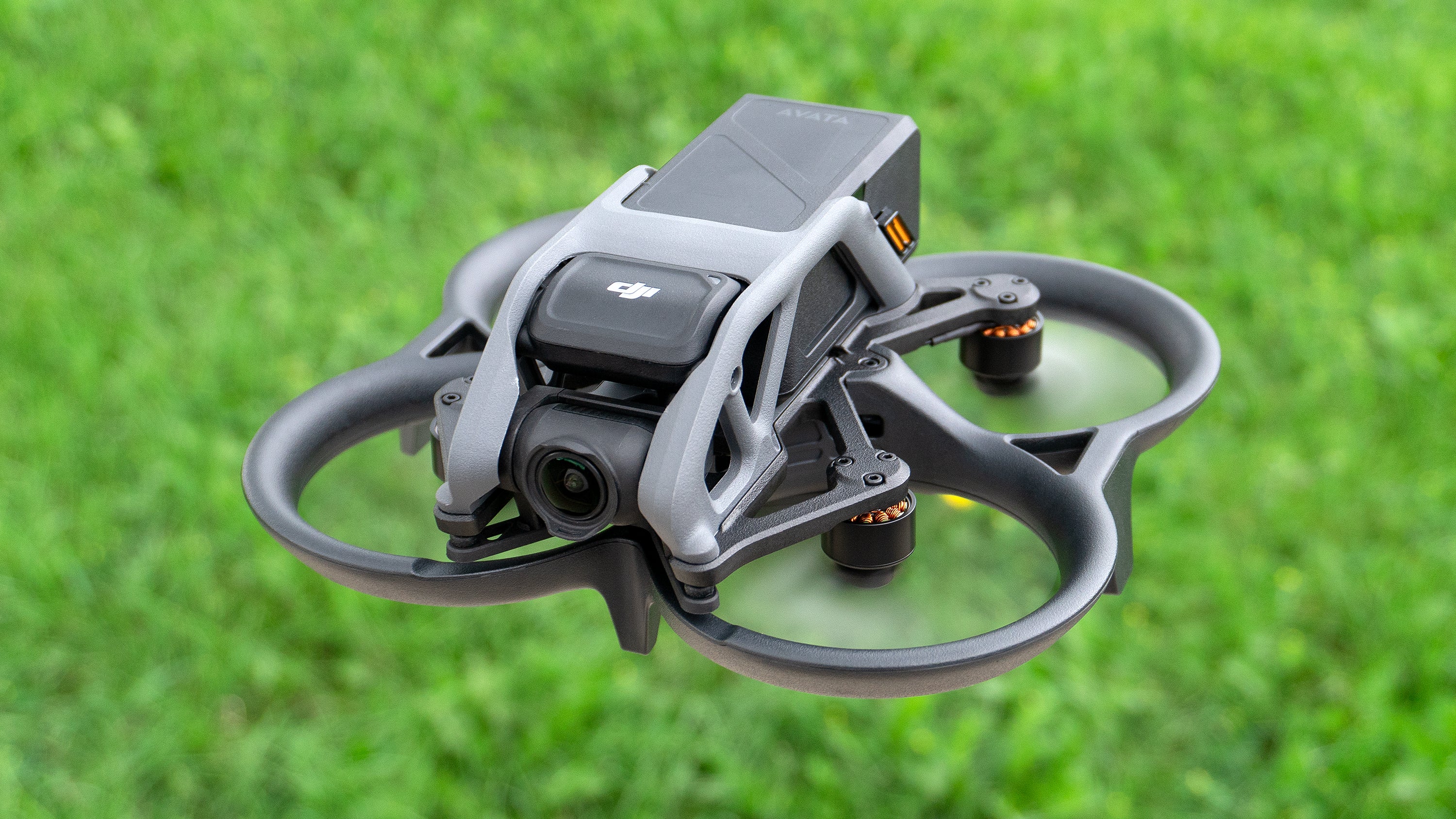
It won’t just be the Air Force’s finest toys flying over State Farm Stadium as part of the Super Bowl pregame festivities. Fox will also be employing a team of drone pilots to capture unique aerial footage of the hoopla outside the stadium. The team will use a combination of larger drones carrying high-quality stabilised broadcast cameras that will provide cinematic overhead fly-bys, as well as smaller FPV drones that can squeeze into tighter spaces, including the stadium itself.
Drones will also be used by the city of Glendale, where Super Bowl LVII is being hosted, as a safety tool, monitoring the crowds around the stadium for any threats or other signs of trouble. However, all the drones will be eventually grounded as the game gets close to kickoff, as for security reasons, there are temporary flight restrictions put in place around the stadium that not even Fox, the game’s broadcaster, can get around.
AI Analysis: The Future of Football Strategy?
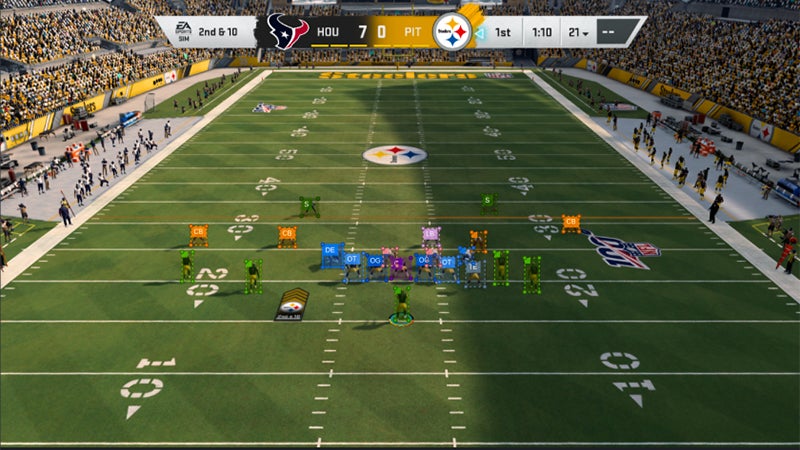
In the weeks leading up to the Super Bowl, once it’s decided who’s going to be playing in the big game, both teams will spend endless hours watching and analysing footage of their opponents’ games in hopes of getting a better understanding of their plays, positions, and formations, in order to develop a winning strategy.
But analysing and annotating game footage is a tedious and time-consuming task, and finding ways to expedite the process could give a team a unique advantage. That’s why researchers at Brigham Young University leveraged deep learning and computer vision to create an algorithm that can identify and track the movements of players in order to determine formations and plays. Footage from BYU’s own football team was first used as training data, but it was later augmented with in-game footage from the Madden 2020 video game which was able to provide more diverse angles.
With the accuracy of player detection currently hitting 90%, and an 85% success rate with determining formations, the AI tool isn’t quite ready to be adopted by NFL teams just yet, but it won’t be long before a team of video analysts is replaced by a single laptop on the hunt for game-winning strategies.
Wasted football fans can get lost in Waymo self-driving cars

A select number of Super Bowl fans in Arizona this year will get a chance to shuttle around in driverless cars, marking one of the biggest real-world tests for the emerging tech so far. Alphabet-owned Waymo, which officially opened its autonomous taxi rides to the public in Phoenix late last year, says it will shuttle fans from the airport and around select downtown destinations. One place Waymo won’t deliver riders though is the stadium itself.
We are proud to partner with @Waymo as the Official Autonomous Technology Partner of the #AZSuperBowl Host Committee.
Coming into town for #SB57? Download the #WaymoOne app, hail a fully autonomous ride around Downtown Phoenix, and share your experience with the #WaymoDriver! pic.twitter.com/CY9kTnwYpo
— AZSuperBowl (@AZSuperBowl) January 19, 2023
Fans interested in a driverless chaperone can summon a car using the Waymo app. If accepted, passengers will be picked up in a snazzy Jaguar I-PACE. Waymo hopes its services could help cut down on unnecessary, and potentially deadly, drunk driving.
“According to NHTSA, car accidents spike between 6 p.m. and 6 a.m. on Super Bowl Sunday, with nearly half involving alcohol,” a Waymo official told The City Times. “An autonomous driver that’s never drunk, tired or distracted can make our roads safer during big events like the Super Bowl and in people’s everyday lives.”
Microsoft’s Surface tablets are great for sideline strategy…and destruction
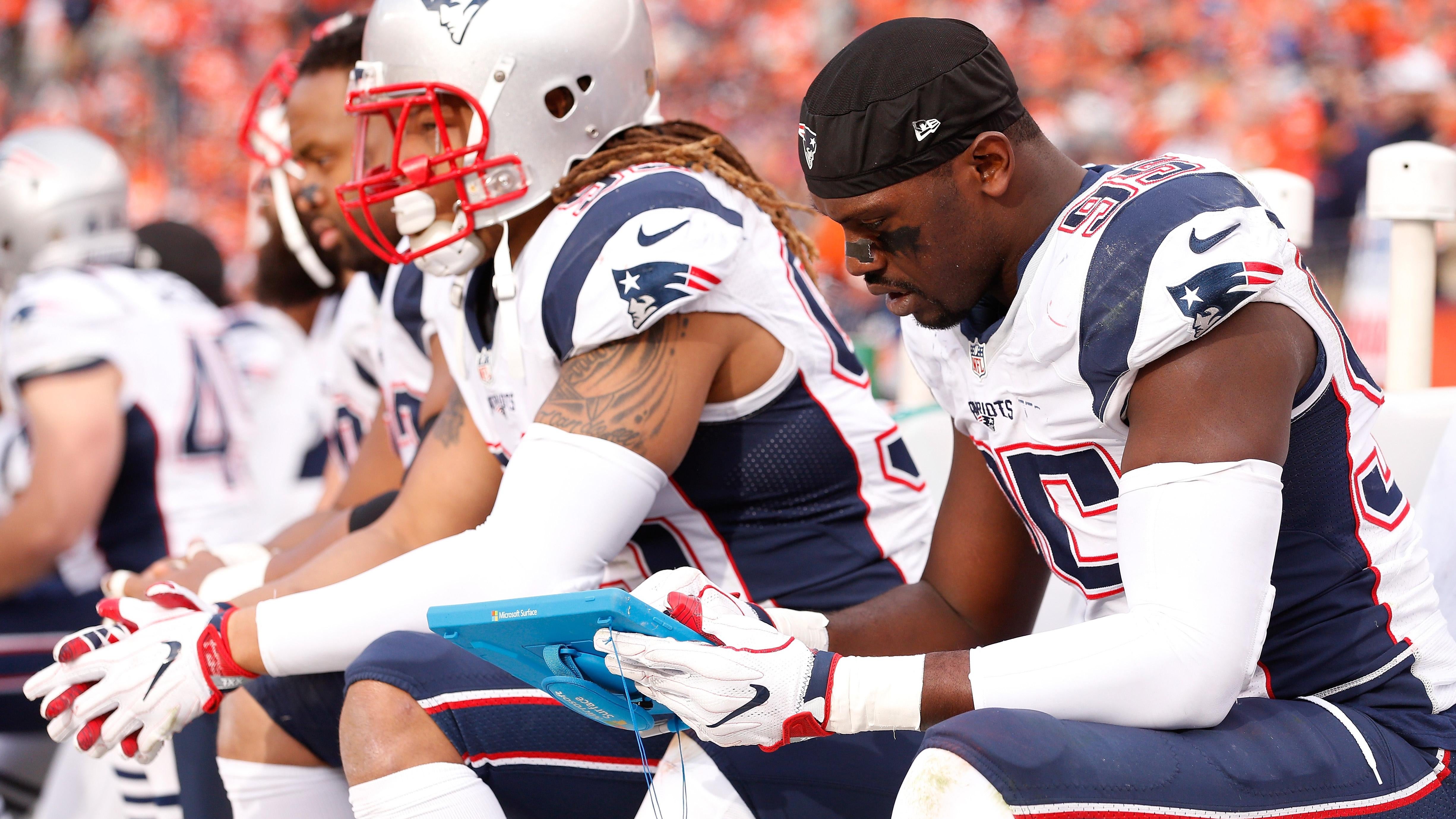
Canny Super Bowl fans will likely spot players and coaches periodically swiping and tapping on a bunch of rubber-cased Microsoft Surface tablets. Instead of catching up on the latest episode of The Last of Us, coaches on the sidelines use the tablets to watch instant replays, in-game reviews, and other real-time video analyses.
NFL teams have used a variety of tablets over the years, but the league officially inked its current partnership with Microsoft back in 2020. At the time, Microsoft said it had 2,000 Surface devices and 170 Windows servers spread out across 35 stadiums around the world. In addition to the Surface devices, the NFL also incorporates Microsoft Teams around the league for everything from document sharing and communication co-ordinaton travel schedules among team scouts.
Wait a second? Tom Brady smashes 2 tablets last week after smashing a tablet last year & NOW all 32 teams get a memo warning of future ‘significant fines” for Behaving like Brady? Why not just fine Tom? pic.twitter.com/X4fnpqAdCu
— ChuckModi (@ChuckModi1) September 25, 2022
Surface tablets might be helpful for sideline strategy but they are also extremely chuckable. Over the years a number of NFL players and coaches, including Patriots coach Bill Belichick, have gotten in hot water for hiring the device into stands and pavement. This season, recently “retired” Tampa Bay Buccaneers quarterback Tom Brady destroyed two of the devices in a single game, leading the NFL to send out memos to teams warning of fines if players continue to abuse the devices.
Players turn to ‘Q Collars’ for brain safety, or at least the illusion of it
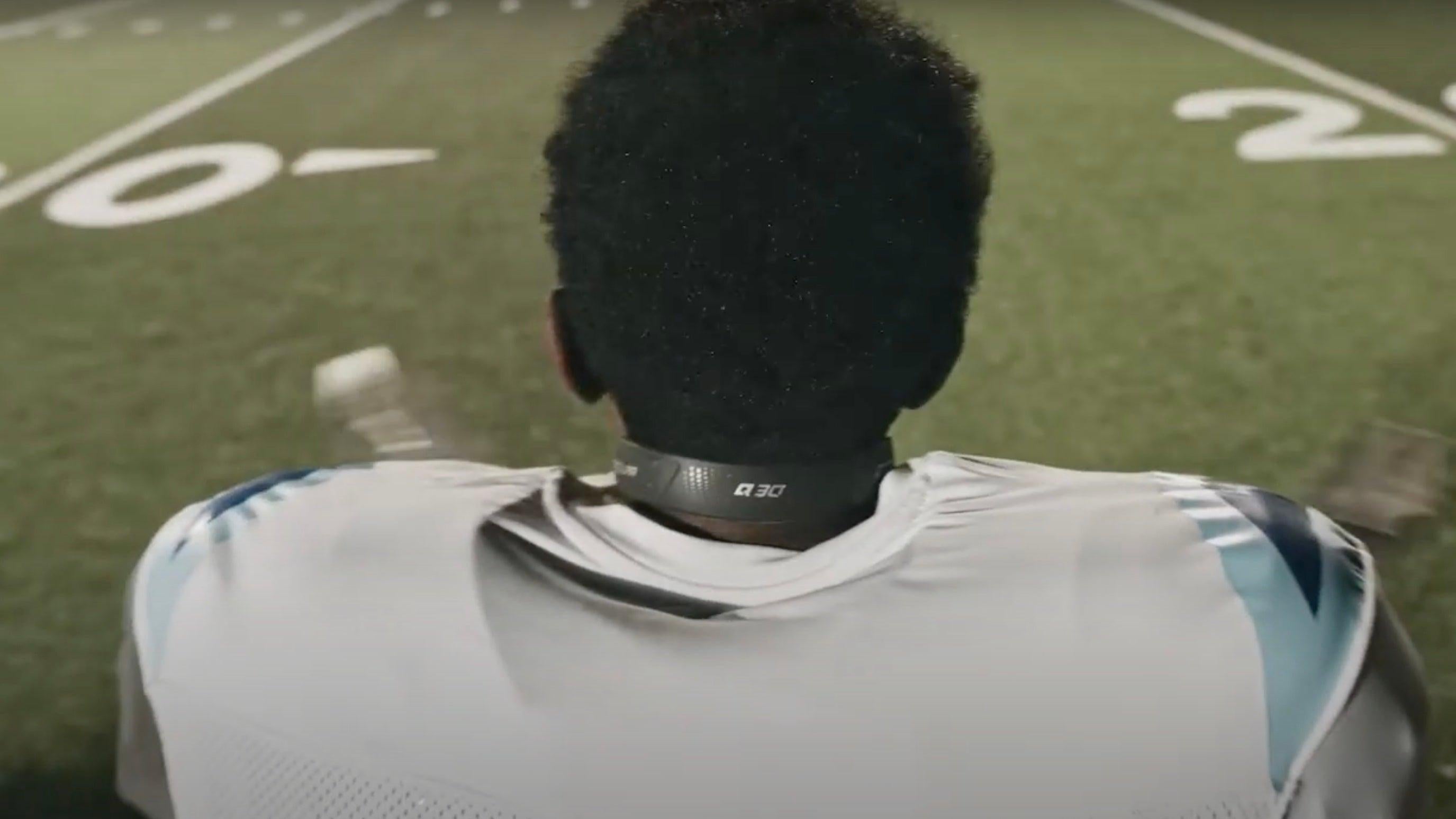
In 2023, it’s almost impossible to talk about football without also talking about head injuries. While there’s never a truly “safe” way for an elite athlete to charge headfirst into another human’s body, some players on the field during this year’s Super Bowl will wear a $US199 ($276) collar-looking device some researchers believe could reduce their risk of traumatic brain injury by using a woodpecker’s anatomy for inspiration.
Called a “Q Collar,” the recently popularised device reportedly wraps around an athlete’s neck and constricts blood flow going to their head. Q30 Innovations, the company behind the collars, claims the subtle pressure applied by the collar, “increases blood volume in the brain’s venous structures, reducing the harmful internal movement that causes brain injury.” The Q Collar took off in popularity this last season, with dozens of NFL players reportedly using them. That upsurge comes as concussions and brain injuries in the league get worse and worse. The NFL recently acknowledged concussions increased 18% in the past 2022 regular season.
Soccer season loading…
It’s time to Collar Up.#QCollar #PlaySmartPlaySafe #CollarUp pic.twitter.com/hMoclZ4mTG
— Q-Collar (@QCollarOfficial) February 8, 2023
Increased popularity aside, it’s still unclear whether Q Collars actually work as advertised, or if they just make athletes feel like they are safer. A recent investigation from The New York Times cast doubt on the collars’ effectiveness.
“They’re finding stuff, but it feels like noise,” West Virginia University Rockefeller Neuroscience Institute program director Matt Tenan said when asked about Q Collar studies. Martha Shenton, a professor of psychiatry and radiology at Harvard’s Brigham and Women’s Hospital, meanwhile, told the Times, “None of it makes sense.”
Rapper Saweetie will perform in a Roblox “metaverse Super Bowl”
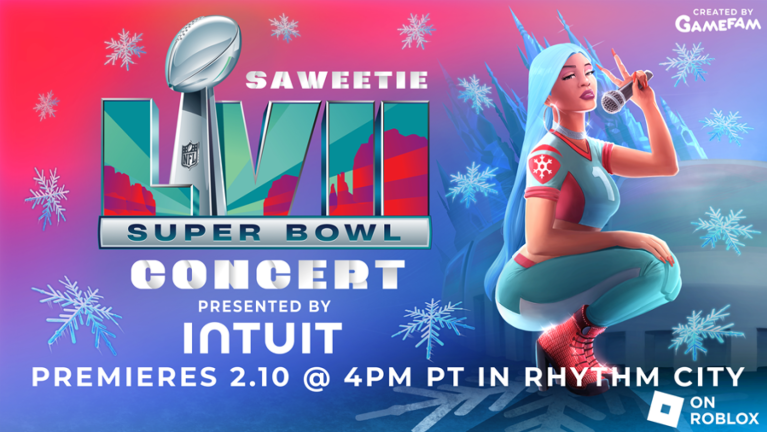
The “metaverse” might sound more and more like a $US20 billion (about $28 billion) fever dream Meta CEO Mark Zuckerberg would rather forget, but don’t tell the NLF. This year, the league will take part in what it’s calling a first-of-its-kind virtual Super Bowl concert. From the photos we’ve seen, yes, it looks like there will be legs.
The metaverse concert will launch over Super Bowl weekend on Roblox, a youth-focus online game some commentators have described as its own metaverse of sorts. U.S. rapper Saweetie will perform to users in Roblox’s Rhythm City, a “music-themed social roleplay experience” launched by Warner Music earlier this year. The free event, organised by Roblox, Warner, and the NFL, will start on February 10 and then run every hour for 31 hours until the start of the real-world Super Bowl.
Cisco overhauled the network in the State Farm Stadium to satiate data-hungry fans
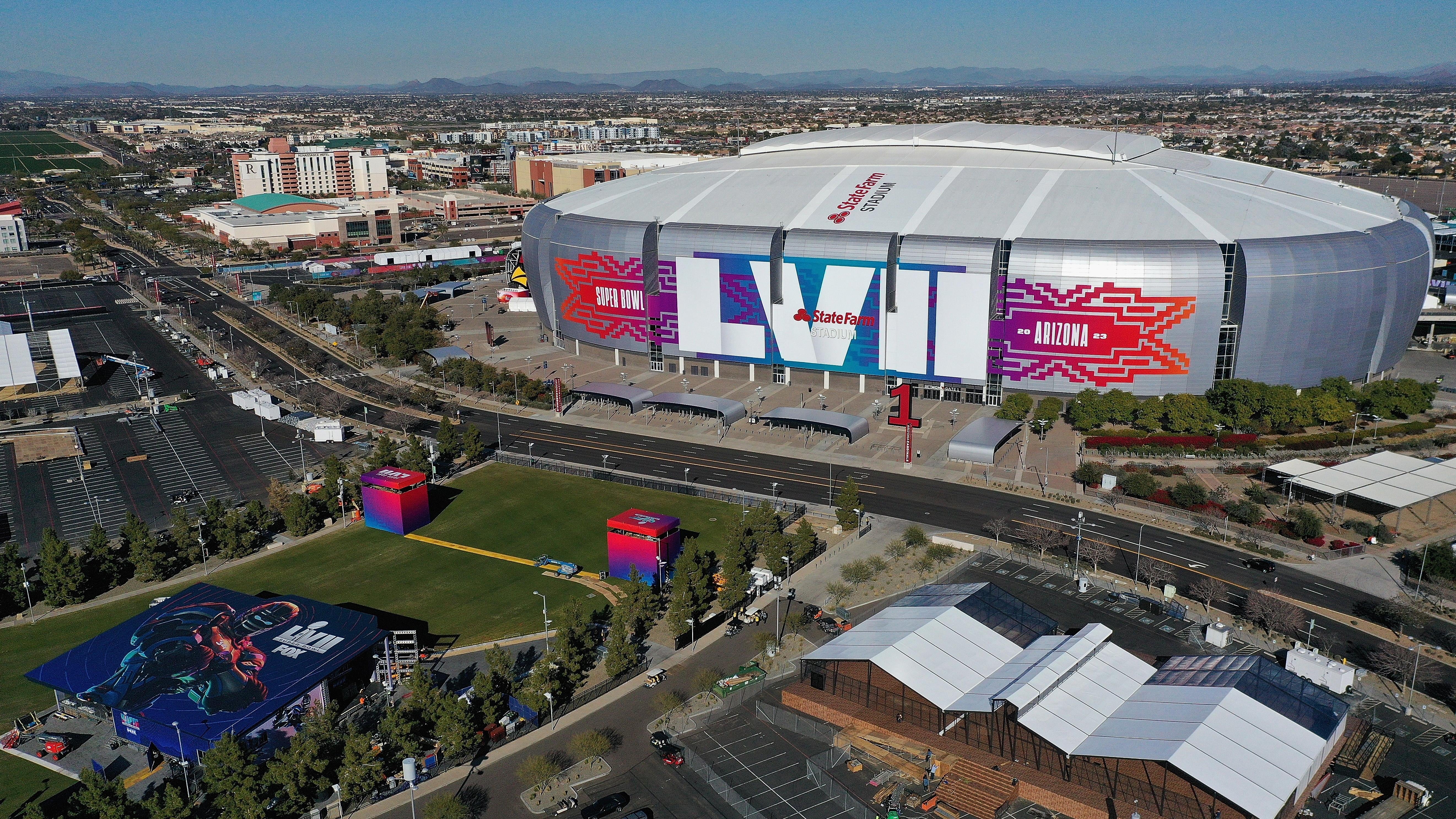
Nothing screams adrenaline-fuelled, nail-biting live football action like fans scrolling through TikTok.
Look, everyone needs a phone break from time to time, but in a stadium jam packed with nearly 64,000 people, all that data use can quickly push wireless networks to their limits. With that in mind, Cisco and State Farm reportedly worked together to overhaul the Glendale, Arizona stadium to handle petabytes worth of data.
The new upgrade, according to Sports Business Journal, focused on improved Wi-Fi and digital antenna systems, better visibility into network performance, and overhauled network security. Those overalls are necessary to feed fans’ every increasing appetite for data-hungry activities.
“Back in 2015, we saw the traffic even on the Wi-Fi, it set a record that year of 6.2 terabytes of traffic,” Cisco’s Sports and Entertainment Solutions Group Ken Martin said in an interview with Sports Business Journal, “Last year, we saw over 31 terabytes of traffic over the Wi-Fi. There are the same amount of guests, these stadiums aren’t getting any bigger. It’s how they’re consuming the game; they’re always on that mobile.”
